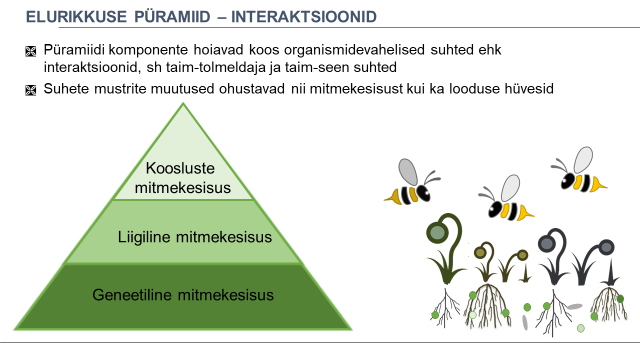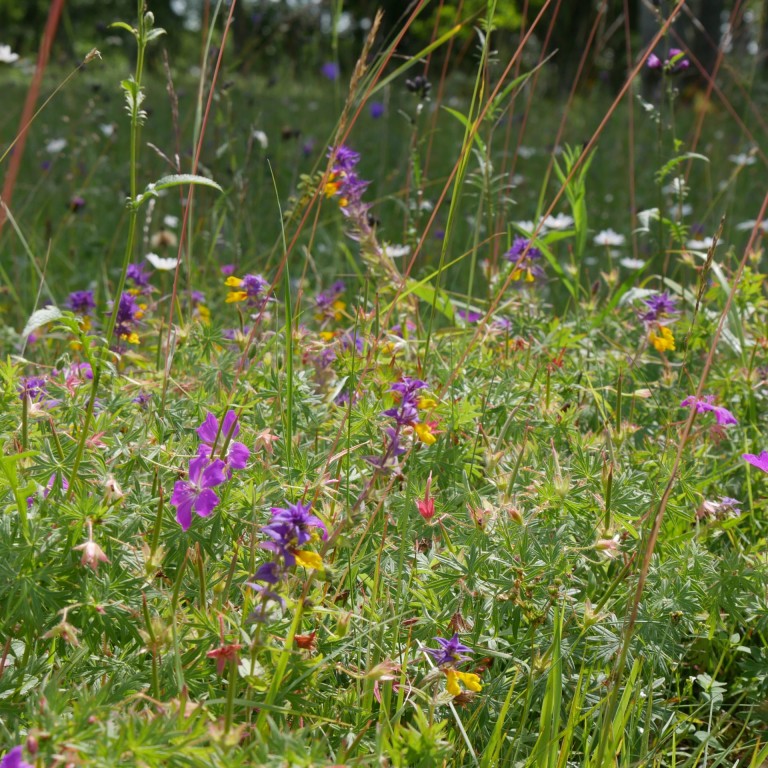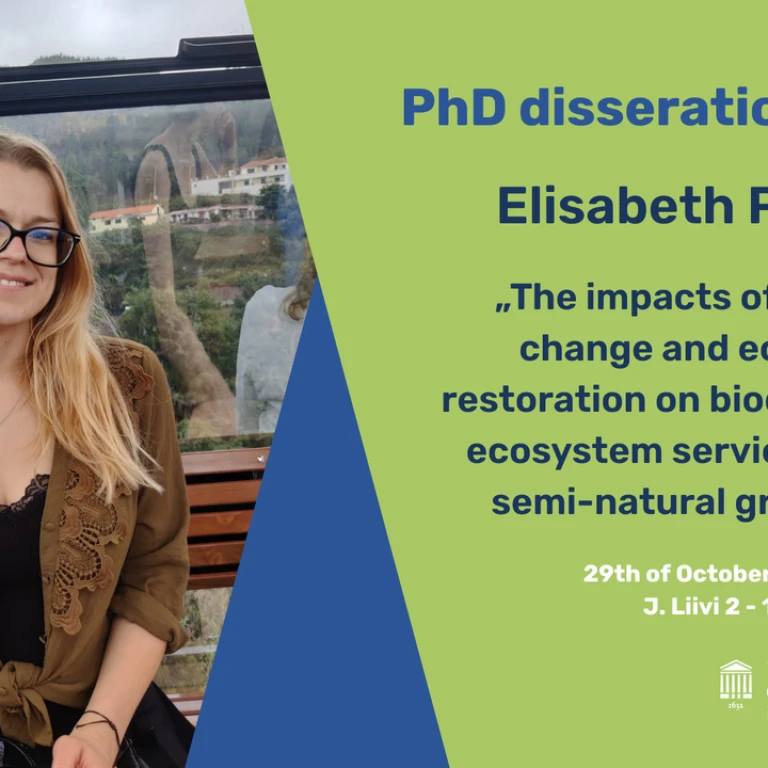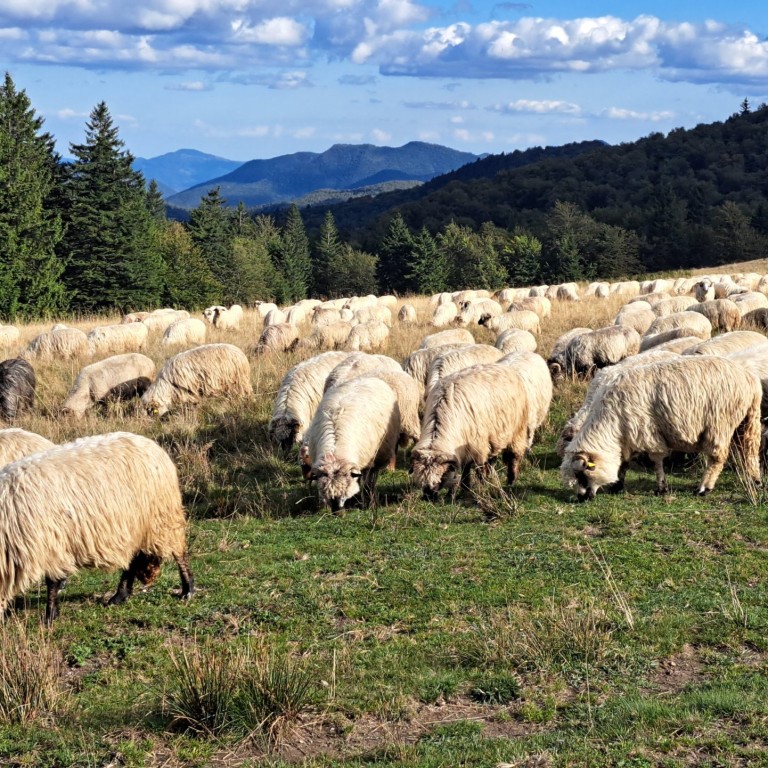The conference "Agriculture and Environment 2023", organised by the Estonian University of Life Sciences and the Research Centre of Organic Farming of the Estonian University of Life Sciences discussed the measurement of the carbon footprint in agriculture, the condition and assessment of the biota of agricultural soils, and the different aspects of the biodiversity of agricultural landscapes. In addition, an overview was given of the latest results of monitoring of Estonian agricultural soils and groundwater in nitrate-sensitive areas.
Tsipe Aavik, Associate Professor of Macroecology at the University of Tartu and Head of the Landscape Biodiversity Workgroup, addressed both species and genetic diversity of plants in her presentation. She also stressed that changes in the relationship between organisms, i.e. interactions, threaten both biodiversity and the benefits of nature for people.
"The extent to which landscape changes affect interaction patterns is still unclear. We update this knowledge in the international Biodiversa+ project FuncNet, which started this year, and in a study supported by the Estonian Research Council, where we will look at the impact of temporal-spatial changes in land use on the retention of plant-pollinator interactions in agricultural ecosystems," explains Tsipe Aavik.
This year's conference also gave an overview of the most recent groundwater monitoring results in Estonian nitrate-sensitive areas. The time series of monitoring carried out by the Estonian Centre for Environmental Research for more than ten years shows that the status of groundwater in nitrate-sensitive areas of Estonia has increasingly deteriorated due to too intensive and inappropriate land use methods. In about one-third of the water samples taken from sources and wells, the amount of nitrates exceeds the maximum limit of nitrate content permitted by law in drinking water. Although pesticide residues were detected in this nitrate-sensitive area monitoring round less than before, the monitoring of agricultural soils showed that the residues of glyphosate, the herbicide most widely used in the world and also in Estonia, and its more toxic degradation product AMPA, are found in an increasing number of soil samples taken from Estonian agricultural soils.
The "Agriculture and Environment 2023" conference took place on 28 November at the Estonian University of Life Sciences. The aim of the conference was to give an overview of the results of environmental monitoring and research in Estonia in the fields of soil, surface water and groundwater, biodiversity, and food quality.
Find out more on the conference website (in Estonian). You can read about the Biodiversa+ project FuncNet here and the research supported by the Estonian Research Council here.




